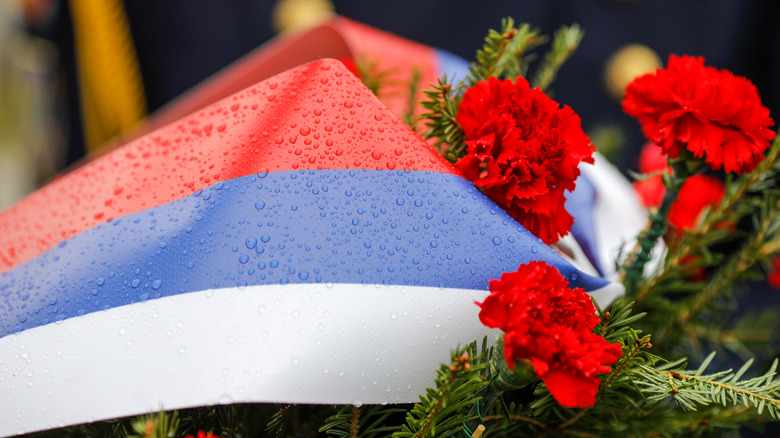
The Truth About The Deadly Transvaal Park Collapse
In February 2004, families happily splashed around in the pool, celebrating a birthday at Moscow’s Transvaal Park, an indoor water park. The park, named after a province in South Africa, had an African theme and offered heated pools as a refuge from the famously harsh Russian winters. It was flashy and new, only opened for two years, and even had an artificial river running through it (via Tulsa World). Then disaster struck.
With a terrible, deep cracking noise, the roof of Transvaal Park collapsed on those in the pool below. The roof had mostly been made of glass and concrete, so its cave-in sent shards of sharp glass and chunks of concrete raining down on the swimmers. Those who managed to escape ran out into the freezing Russian winter in just their bathing suits. After days of searching through the rubble, more than two dozen people were found to have been killed in the collapse, and hundreds who survived nevertheless sustained injuries ranging from wounds caused by the debris to frostbite for those who’d stood barefoot in the snow.
Negligence caused the disaster
According to BBC, the collapse had been caused by either shoddy construction, heavy snow piling up on the roof — or most likely a combination of both. The park was packed with swimmers at the time of the cave-in, and some victims were trapped underneath rubble in the freezing conditions, with no chance of being rescued in time. A criminal investigation was swiftly enacted to see how much faulty construction and corruption were at the heart of the disaster. Initial reports said the roof caved in after an explosion, but this was quickly dispelled and likely just a symptom of paranoia after the city had suffered a terrorist attack a week or so prior (via Tulsa World).
The grisly disaster, with its piles of glass shards and concrete beams, had destroyed what was then Moscow’s largest water park. Heavy snowfall is a regular occurrence for Moscow winters, and architects need to consider this when designing large buildings in the area. The dangers of ignoring this very real danger were never made more apparent by this tragedy that claimed dozens of lives and forever changed hundreds more.

The Most Famous Curses In Royal History

The Messy Drama Between King Richard II And His Family
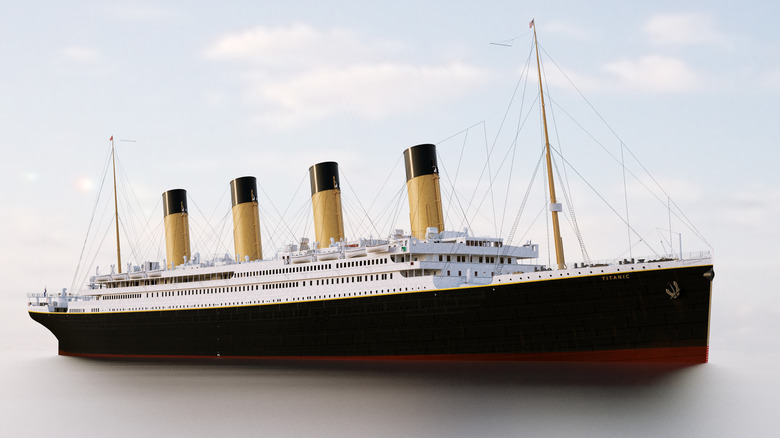
Why Some Thought A Mummy's Curse Could Have Sunk The Titanic
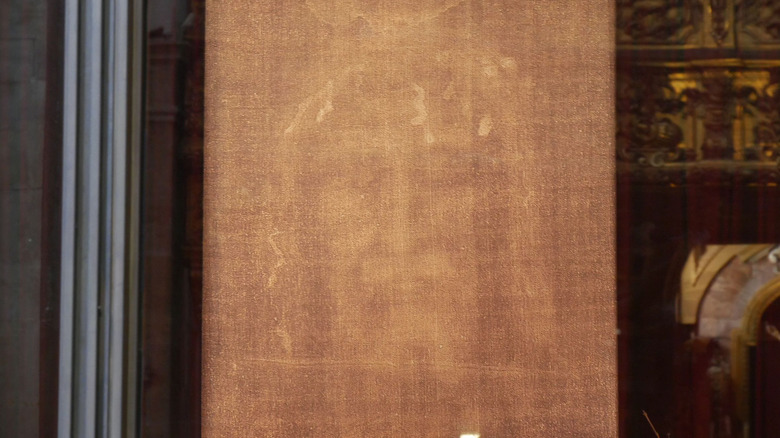
Does The Shroud Of Turin Actually Have Jesus' Name On It?

This Is How Traveling Killer John Martin Scripps Was Finally Caught

Here's What Would Happen If The Oceans Were All Made Of Fresh Water

What Rachel And Leah Really Looked Like According To The Bible

Who Is Hosting The 2024 Olympics?
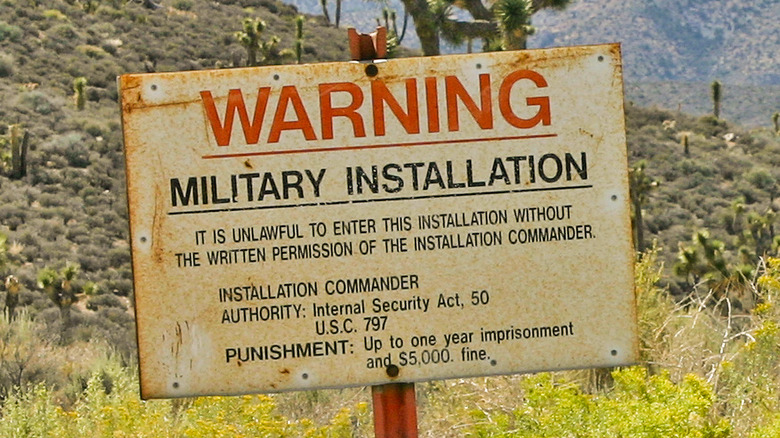
The Most Mysterious Military Facilities In The US
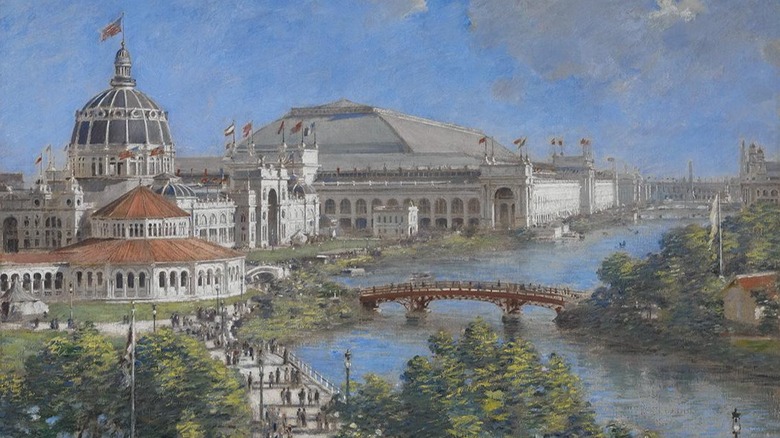
These Two Buildings From The 1893 World's Fair Are Still In Use
